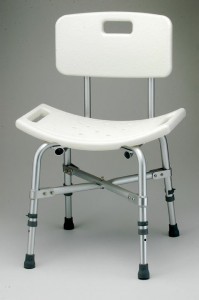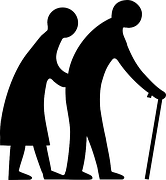As we journey through life, each stage presents its own set of challenges and joys. For many seniors, one of the challenges they face is maintaining independence and mobility within their own homes as they age. As stairs become more daunting obstacles, the idea of aging in place can seem like an impossible dream. However, with advancements in assistive technology, such as stair lifts, this dream can become a reality, allowing seniors to continue living comfortably and safely in the homes they love.
The Importance of Aging in Place
Aging in place refers to the desire of seniors to remain in their own homes as they grow older, rather than moving to assisted living facilities or nursing homes. This desire is often rooted in the emotional attachment to one’s home and community, as well as the desire for independence and control over one’s own life. Studies have shown that aging in place can lead to better physical and mental health outcomes for seniors, as they are able to maintain familiar routines and social connections.
The Challenge of Stairs
For many seniors, stairs can pose a significant barrier to aging in place. Whether due to mobility issues, balance problems, or simply fatigue, navigating stairs can become increasingly difficult and dangerous with age. This can lead to a loss of independence and quality of life, as seniors may find themselves confined to the ground floor of their homes or reliant on others for assistance.
Enter: Stair Lifts
Stair lifts are a type of assistive technology designed to help seniors and individuals with mobility impairments safely navigate stairs. Consisting of a motorized chair or platform that travels along a track mounted to the staircase, stair lifts provide a smooth and secure means of transportation between floors. With simple controls and safety features such as seat belts and sensors to detect obstacles, stair lifts offer peace of mind to both users and their loved ones.
Benefits of Stair Lifts for Aging in Place
1. Independence: Perhaps the most significant benefit of stair lifts is the independence they afford seniors. With a stair lift installed, individuals can continue to access all areas of their home without assistance, allowing them to maintain their autonomy and dignity.
2. Safety: Stairs are a common source of falls and injuries among seniors. By eliminating the need to navigate stairs manually, stair lifts reduce the risk of accidents and provide a safer living environment for older adults.
3. Comfort: Climbing stairs can be physically taxing, especially for individuals with mobility issues. Stair lifts offer a comfortable and effortless alternative, allowing users to conserve their energy for activities they enjoy.
4. Affordability: Compared to the cost of moving to an assisted living facility or remodeling a home to accommodate a ground-floor bedroom, stair lifts are a relatively affordable solution for aging in place. In many cases, they can be installed quickly and with minimal disruption to the home.
5. Customization: Stair lifts are available in a variety of configurations to suit different staircase layouts and user needs. Whether you have a straight staircase or one with multiple landings and curves, there is a stair lift solution to fit your home.
Conclusion
As the population continues to age, the demand for solutions that enable seniors to age in place safely and comfortably will only continue to grow. Stair lifts represent a simple yet effective way to overcome the challenge of stairs and maintain independence within the home. By investing in stair lift technology, seniors can navigate life’s stages with confidence, knowing that they can continue to enjoy the comforts of home for years to come.







